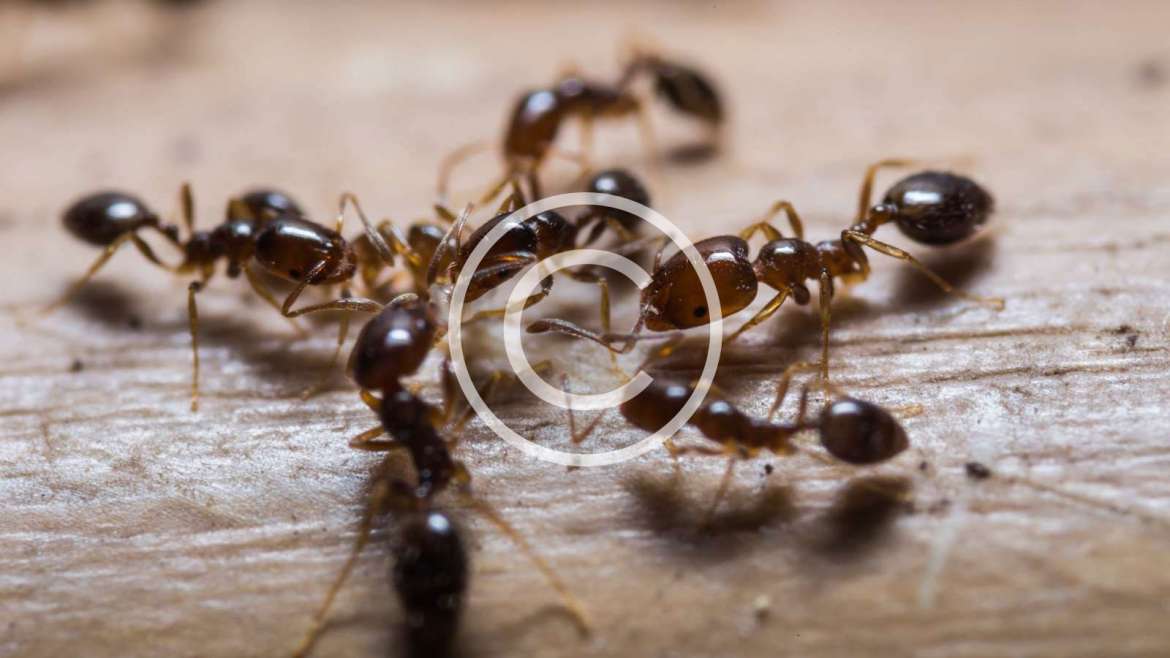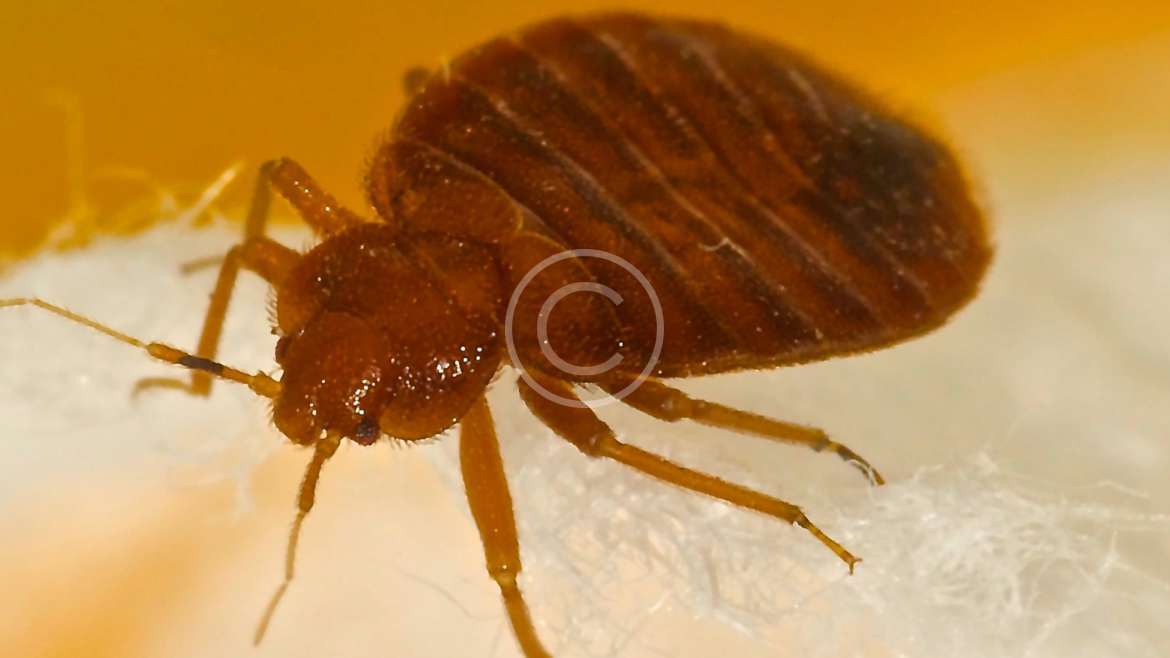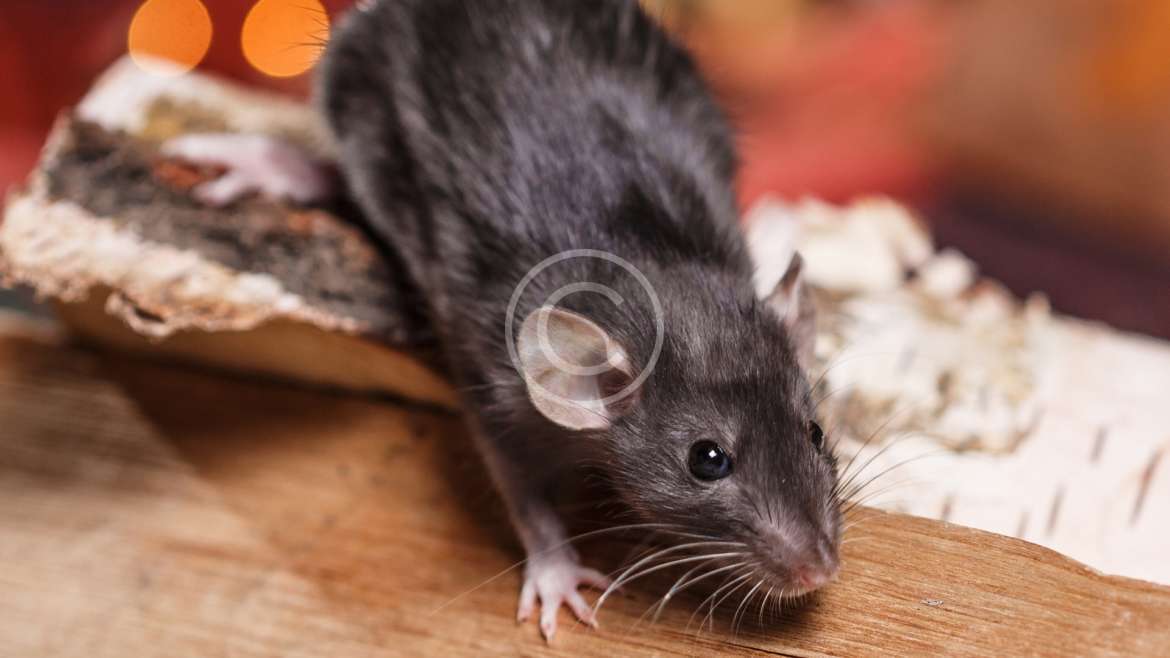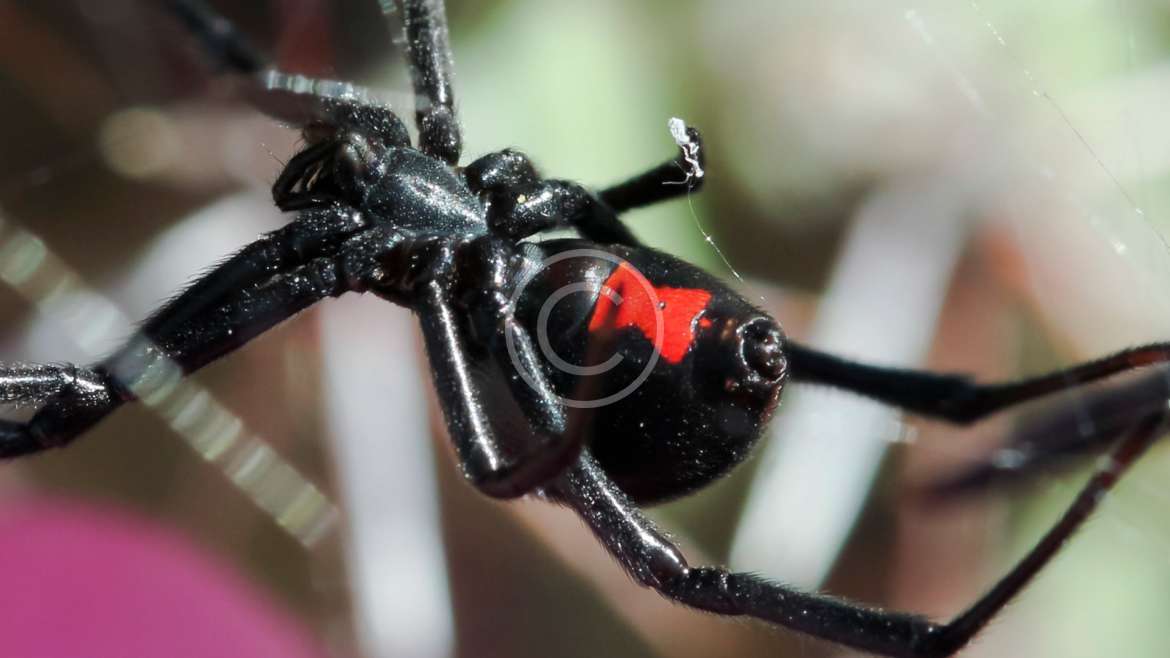Size:
20–27″ long, barring tail; 5–12 pounds.
Indications of their vicinity:
Grown-ups regularly seen lounging in the sun, in a verdant range, on a wall post, stone divider, substantial shake, or fallen log—constantly close to its tunnel.
Sounds: Periodic sharp shrieks and low churrs, given now and again of risk.
Smell is unmistakable. Will regularly see flies around a dynamic tunnel.
Scat: Once in a while seen (woodchucks uncover a privy off their fundamental tunnel).
Proof of their bolstering: Bit wood. Biting on crisp plants like that of rabbits; hard to stick on woodchucks without supporting confirmation.
Sanctums: Will see a huge hill of earth and stones by the principle access to their tunnel; the auxiliary doors, which were burrowed from within, by and large don’t have a soil hill by their opening. Well-worn trail from access to passageway, or to the greenhouse.
Diet:
Herbivore. Woodchucks eat succulent grasses, weeds, clover, organic products (apples, fruits, pears), berries, field and garden yields (cabbage, lettuce, beans, peas, carrots, horse feed, soybeans), and elaborate plants (they cherish phlox). They’ll trip trees to take natural products, for example, fruits, apples, and pears.
Average action designs:
Social style: For the most part single.
Every day action: Diurnal, most dynamic in the early morning and night. They depend on dew as their water source. Woodchucks have great visual perception, and are great swimmers. They’ll ascension trees up to a stature of around 20 ft, albeit all the more typically, they keep to 8–12 ft.
Hibernator? Yes. Sleeps profoundly from the season of the first substantial ice through right on time spring. Every so often sleeps in little gatherings.
Relocates? No.
Where found:
Dissemination in NY and the Upper east: All over.
Natural surroundings: Knolls, woodlots, grasslands, pastures, hedgerows, unmoving fields, parks, rural areas. Nooks typically found in open fields; close fence lines or forest edges; under horse shelters, sheds, yards, decks, stone dividers, and heaps of wood.
Domain and home reach: Regional. Woodchucks may encounter to set up strength. Subordinate woodchucks keep away from predominant ones. Home extents cover and are normally little. Woodchucks once in a while travel more than 50 yards from their nook, even to nourish. Their tunnels can be 2–5 feet profound and as much as 60 feet long. There are normally 2 or 3 (however maybe upwards of 5) doorways, perhaps including a well-concealed, straight-down “dive gap”.
Reproducing propensities:
Pair holding style: Polygamous. Females raise youthful alone.
Reproducing dates: Late February through Spring.
Birthing period: Late Walk to right on time May. Incubation takes around 31 days.
Litter size: 3–4.
Weaning dates: at 5–6 weeks.
Measure of time youthful stay with folks past weaning date: Youthful stray from tunnel alone at 6–7 weeks, mid-June to ahead of schedule July. Mother drives youthful from her tunnel by July.
Basic annoyance circumstances:
Time of year: Calls crest in July and August, in spite of the fact that their harm may start in spring and last into the fall.
What are they doing?
Sustaining, or simply grinding down their front teeth, which never quit developing. Woodchucks assault greenhouses, fields, gardens, plantations, nurseries, and may bite or paw on bushes and natural product trees. Every so often bite on open air furniture, decks, and siding while aroma stamping or documenting their teeth.
Denoting their domains: They may strip off the bark at the base of a tree that is close to their tunnel passageway.
Tunneling. Search for tunnel doors among bushes close vegetable and elaborate greenery enclosures; under heaps of wood, brush heaps, and stone dividers; under sheds, patios, decks, and creep spaces. Tunnels in fields may harm farming hardware, while those in fields may trip domesticated animals, bringing about wounds.
Sickness dangers: Low. Mange, rabies (once in a while), raccoon roundworm.
Lawful status in New York:
Unprotected.
Best practices
Exactly when you thought it was all over, year-old woodchucks will involve deserted tunnels. You can have a go at filling in the tunnels, however they might re-open the gaps.
Uproot simulated sustenance sources and safe house:
Uproot brush heaps and trash, and keep zones very much trimmed.
Secure helpless yields:
Erect a “rodent divider” wall around greenery enclosures and fields. Ensure the woodchucks can’t move over or burrow under this obstruction. Utilize 1–1 1/2″ chicken wire. The wall must be 4 feet high and covered 1 foot profound; on the off chance that you incline toward, you can cover it just 1–2″ down, in the event that you twist the edge outward into a “L” shape that stands out at a 90° edge to keep the woodchucks from tunneling underneath it. Likewise twist the main 15″ of the wall out at a 45° edge to keep them from moving over it, or include an electric wire hung 4–5″ over the ground level, and 4–5″ from the outside of the wall.
Another change of the rodent divider configuration. Utilize 2 × 4″ welded wire that is 2 ft. high, base covered in the L-formed rack as portrayed previously. String an electric wire over the highest point of the wall. (Sturdy and successful however more costly.)
Hold them from denning under structures:
Initial step: Evacuate any present inhabitants. Prohibit them with a restricted entryway when youthful are mature enough to be versatile.
In the event that this is a preventive activity, or there are no youthful present, can:
Screen territories under decks, yards, and houses with the rodent divider wall, as portrayed previously. Append the highest point of the wall to the structure.
On the off chance that youthful are available, evacuate the whole family before hindering the passageway to their lair:
On the off chance that the youthful are more seasoned and versatile, introduce a restricted entryway over the section opening. They’ll leave however won’t have the capacity to re-enter.
Trap and discharge procedures to lessen the danger of stranding untamed life: The most ideal approach to avert stranding is to persuade your clients to hold up until the youthful are portable before evacuating, repulsing, or barring the family from the site. On the off chance that that is unsatisfactory, you can attempt to catch and uproot both the female and every last bit of her young and trust that she will recover them and keep on administering to them.
Catch the mother and youthful. Spread confines amid transport to minimize stress. Discharge them on location, ideally in the morning.
Place the female and youthful in a discharge box. Numerous NWCOs utilize a straightforward cardboard box, others utilize a wooden home box, for example, a wood duck box, and some lean toward plastic boxes. Utilize a bigger box with a 7″ gap. (One NWCO prescribes a 2 × 2 × 1 ft. box.)
Ensure the creature can’t quickly escape the crate by covering the gap. At that point move them to a calm place outside. Evacuate the spread so the female can escape the container. Another choice is to construct a case with a sliding entryway. Leave the entryway open around an inch, to keep the warmth inside yet make it simple for the female to slide it completely open so she can recover her young.
Some NWCOs like to utilize warmed discharge boxes. Use heat when proper, and ensure that the crate doesn’t get excessively hot. You might need to give heat in only one region. Additionally, expect that on the off chance that you place something in the container, they will bite on it. Try not to give them access to anything that they shouldn’t eat, for example, wires. That implies that in the event that you utilize a family unit warming cushion as the warmth source, ensure the creatures can’t achieve the wires. To stay away from that issue, one NWCO fabricates his containers with a twofold story, putting the warming cushion in the space between the floors. Different alternatives for warmth sources incorporate microwaveable warming cushions and warm soapstones.
On the off chance that you can’t get the female, put the youthful in the discharge box and find it as near the section site as could be expected under the circumstances.
Spread the gap to the tunnel with a delicate attachment to ensure that no woodchucks are as yet utilizing it. Check the following day to check whether the youthful are still there. Assuming this is the case, they’ve most likely been relinquished. There hasn’t yet been sufficient examination on this system, so its adequacy is obscure. It’s prone to be more compelling with more seasoned, more experienced females; more youthful females may surrender their
















